Table of Contents
ToggleWhat is Solar Inverter?
It’s an electric device used to convert direct current (DC) electricity to alternating current (AC) electricity.
Inverters are an important part of any solar installation; they are the brains of the system. Although the inverter’s main job is to convert DC power produced by the solar array into usable AC power, its role is only expanding.
Inverters enable monitoring so installers and owners can see how a system is performing. Inverters can also provide diagnostic information to help O&M crews identify and fix system issues. These important components are increasingly taking on decision-making and control functions to help improve grid stability and efficiency.
With the growth of solar + storage, inverters are also taking on responsibility for battery management. Here is a look at some different types of solar inverters.
Selection of voltage for the Inverters
Based on generated electricity by the PV will decide the value of the inverter required for the particular place.
Specifying a Grid – Direct Inverter
Watts output AC – total connected watts of PV
1.STC rating of the PV array DC voltage window
2.array voltage within inverter range
3.Single module – module level power electronics
4.100-600 volts DC ( in the some cases up to 1500 V)
5.250-550 volts is typical for residential – scale inverters
Output voltage (AC), 230 volts Residential,Various other voltages
Frequency-50Hz
Features of Grid – Direct Inverters
High Efficiency
Reliability Weather – Proof enclosure
Long warranty period
Maximum Power Point Tracking (MPPT) (Standard feature)
Ground fault protection(Standard feature)
Integrated AC/DC disconnects and series fusing
Metering, remote metering, wireless metering
DC arc – fault protection
Types of Solar Inverters
String Solar inverters
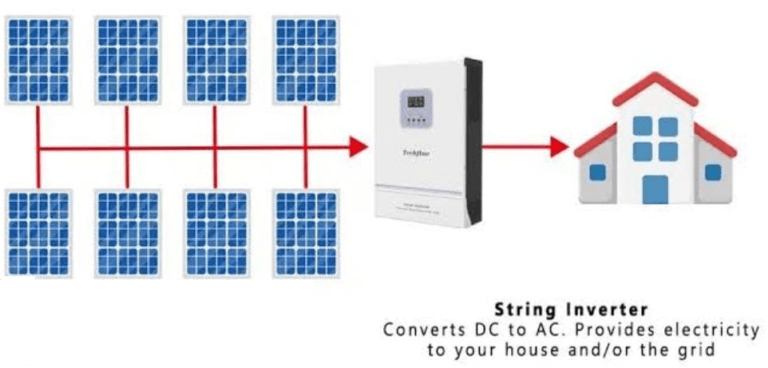
Solar panels are installed in rows, each on a “string.” For example if you have 25 panels you may have 5 rows of 5 panels. Multiple strings are connected to one string inverter. Each string carries the DC power the solar panels produce to the string inverter where it’s converted into usable AC power consumed as electricity.
Depending on the size of the installation, you may have several string inverters each receiving DC power from a few strings. String inverters have been around for a long time and are good for installations without shading issues and in which panels are positioned on a single plane so do not face different directions.
If an installation uses string inverters and even one panel is shaded for a portion of the day reducing its performance, the output of every panel on the string is reduced to the struggling panels’ level. Though string inverters aren’t able to deal with shading issues, the technology is trusted and proven and they are less expensive than systems with microinverters. String inverters are commonly used in residential and commercial applications.
Also, as technology improves allowing string inverters to have greater power density in smaller sizes, string inverters are becoming a popular alternative over central inverters in small utility installations smaller than 1 MW.
String inverters can also be paired with power optimizers, an option that is gaining popularity. Power optimizers are module-level power electronics meaning they are installed at the module level, so each solar panel has one. Some panel manufacturers integrate their products with power optimizers and sell them as one solution known as a Smart Module. This can make installation easier.
Power optimizers are able to mitigate effects of shading that string inverters alone cannot. They condition the DC electricity before sending it to the inverter, which results in a higher overall efficiency than using a string inverter alone. Power optimizers offer similar benefits as microinverters, but tend to be less expensive and so can be a good option between using strictly string inverters or microinverters.
Advantages of String Inverters
Doesn’t have to be on the roof – allows easy access for service.
Cost per watt is typically less than MLPE( micro inverter)
Many models have multiple MPPT channels.
DC array voltage higher which reduces voltage drop
Limitations
Single Inverter – if fails then the entire system is down.
Must protect DC wire in metallic conduit inside house.
Shading can have greater effect.
It can be hard to expand the system using the existing inverter
Central Solar inverters
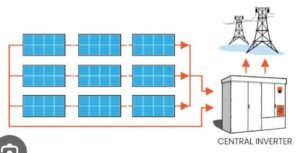
Central inverters are similar to string inverters but they are much larger and can support more strings of panels. Instead of strings running directly to the inverter, as with string models, the strings are connected together in a common combiner box that runs the DC power to the central inverter where it is converted to AC power.
Central inverters require fewer component connections, but require a pad and combiner box. They are best suited for large installations with consistent production across the array.
High Lights
Essentially a large string inverter.
Connects to string of modules in series, with many strings connected in parallel.
Used for large commercial or utility scale systems
Typically 100 KW and larger up to 2MW +
Advantages of Central Inverters
Often rated for 1000 volts DC which reduces balance of system (BOS)costs
Cost per watt is typically less than the string inverters.
Many larger models come in pre-configured units that include BOS equipment.
Limitations
Single / large inverter – if it fails entire system is down or a large amount of power is offline.
Few MPPT channels relative to array size.
Big, heavy and harder to work with.
Additional cost / labour involved (Trenching, Concrete Pad, Placement)
Micro Solar inverters
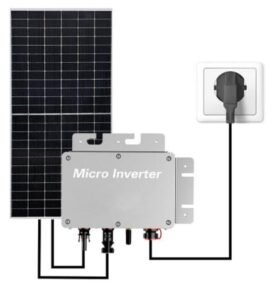
Microinverters are also becoming a popular choice for residential and commercial installations. Like power optimizers, microinverters are module-level electronics so one is installed on each panel. However, unlike power optimizers which do no conversion, microinverters convert DC power to AC right at the panel and so don’t require a string inverter. Also, because of the panel-level conversion, if one or more panels are shaded or are performing on a lower level than the others, the performance of the remaining panels won’t be jeopardized.
Microinverters also monitor the performance of each individual panel, while string inverters show the performance of each string. This makes microinverters good for installations with shading issues or with panels on multiple planes facing various directions. Systems with Microinverters can be more efficient, but these often cost more than string inverters.
Microinverters can also be sold through panel manufacturers already integrated into the panel, similar to Smart Modules but instead known as an AC Module. This makes installation easier and cheaper.
Micro Grid Inverters Advantages
Module – level MPPT
Minimise shading effects
Maximise space
Utilise different orientations
Failure limited to one module
Module level monitoring
Module level emergency shutdown
Rapid shunt down
Limitations
High operating temperature

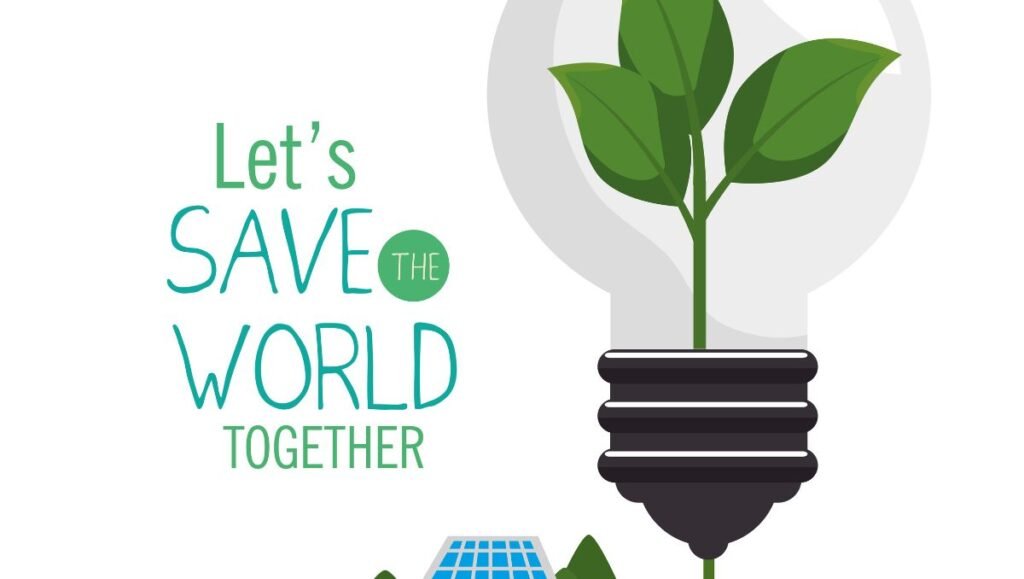
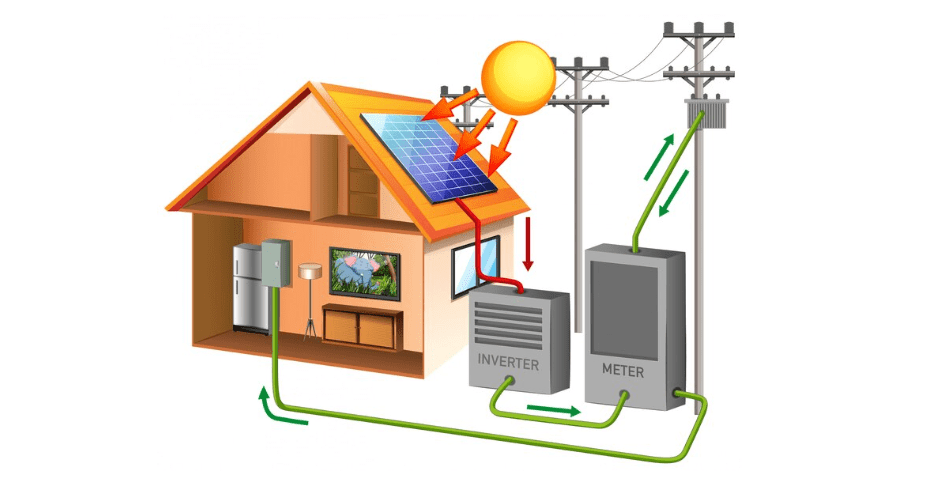
Thank you for any other fantastic post. The place else may just anybody get that kind of information in such a perfect method of writing? I have a presentation subsequent week, and I am at the look for such info.
You really make it seem so easy with your presentation but I find this matter to be really something that I think I would never understand. It seems too complex and extremely broad for me. I am looking forward for your next post, I’ll try to get the hang of it!
I was wondering if you ever thought of changing the structure of your site? Its very well written; I love what youve got to say. But maybe you could a little more in the way of content so people could connect with it better. Youve got an awful lot of text for only having one or two images. Maybe you could space it out better?
Great contribution
Hello. Great job. I did not anticipate this. This is a impressive story. Thanks!
I’ve been browsing online more than three hours today, yet I never found any interesting article like yours. It’s pretty worth enough for me. In my view, if all web owners and bloggers made good content as you did, the net will be much more useful than ever before.
I have recently started a web site, the information you offer on this web site has helped me tremendously. Thank you for all of your time & work.